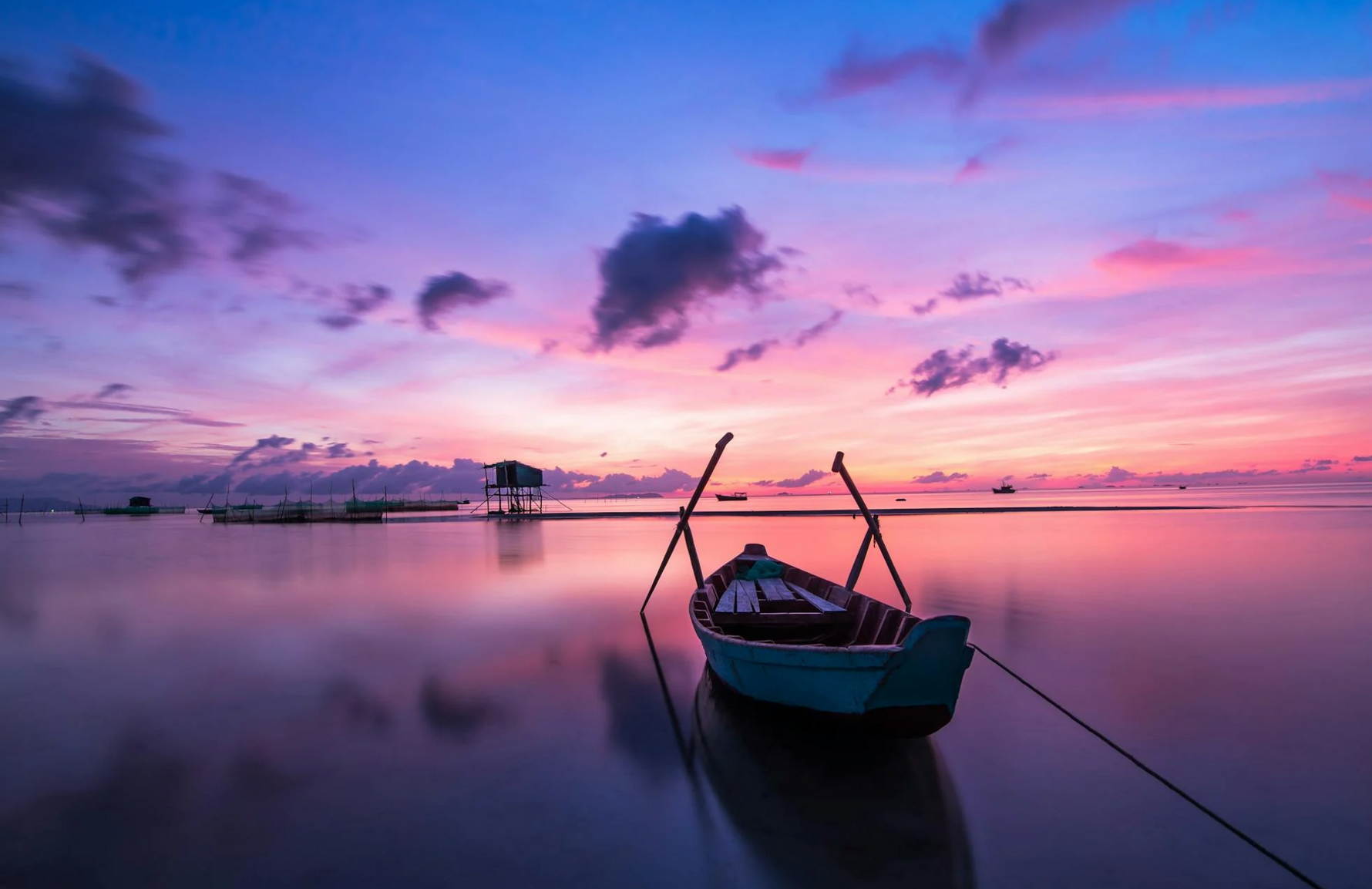The quieter beaches also reveal the layered tapestry of Vietnam’s cultural heritage. One day, you might wander into a tiny fishing hamlet that has sustained itself for generations by combing the shoreline for clams and casting nets at dawn. On another, you could take a local boat to a remote island where village elders still teach younger families the stories of their ancestors. The sense of discovery is a huge part of the allure. There is no standardized guidebook route or busload of tourists pointing you to these secluded shores. Instead, curiosity and willingness to venture beyond famous holiday centers will lead you to out-of-the-way coves, gentle waves, and the sort of small-town warmth that makes you feel at home even when you are thousands of miles away. While certain sites might eventually gain popularity as word spreads, there is still time to experience Vietnam’s lesser-known beaches in their pristine, unhurried glory. Many visitors go back home with stories of waves lapping a deserted stretch of sand, endless sunshine, and the genuine kindness of folks whose lives remain closely intertwined with the sea.

When to Visit and Travel Logistics
Weather in Vietnam is famously diverse, so the timing of your trip has a considerable impact on how you experience the best beaches in Vietnam. The southern region often sees less of the weather extremes that characterize the central and northern parts, making destinations like the remote beaches near Cà Mau and along the Gulf of Thailand excellent year-round options. Meanwhile, the north can be chilly during winter months, so if you are seeking out hidden bays in places such as the lesser-known pockets of Quảng Ninh Province, you might want to schedule your visit for late spring or early autumn. This window often promises moderate temperatures and clear skies, ideal for traveling to less-crowded coastal communities that would otherwise be overshadowed by more famous destinations in the area.Arranging transport to these remote beaches calls for a bit of research, as not all spots are connected by direct bus or train lines. In some cases, smaller ferry routes are your best bet, especially for those hidden islands off the country’s northeastern coast or certain segments of the southern archipelagos. A few intrepid travelers opt to rent motorbikes and make a multi-day road trip, allowing them to stop at whichever hamlet catches their eye.
The pace of your travel is equally important. Many of these secret beaches are best appreciated by slowing down. Instead of cramming multiple destinations into a few days, consider devoting more time to a single area so you can sample daily life, chat with local fishermen, or volunteer to help clean up the coastline.
Exploring Untouched Coastal Communities
Delving into Vietnam’s quieter coastal enclaves introduces you to a side of the country that feels worlds apart from the buzz of Hanoi or Ho Chi Minh City. In these peaceful areas, life is anchored by the sea. At dawn, you will spot fishing boats returning to shore, often greeted by relatives eager to sort and sell the overnight catch. The pace is neither rushed nor stagnant; instead, it reflects an age-old understanding that the tide carries its own rhythm and that you do best by working in harmony with nature. Strolling along these hidden beaches, you might see clusters of seashells that have washed up overnight, turning the shoreline into a canvas of ocean treasures for you to explore.What truly defines these untouched coastal spots is the sense of belonging they offer. With fewer visitors passing through, the locals have time to genuinely engage with newcomers. They might share tips about a nearby cove shielded by rocky outcrops, ideal for snorkeling in crystal-clear waters. Or perhaps they will invite you to join them in a simple meal of freshly grilled fish and steaming rice, served right on the beach under the cool shade of a palm-thatched roof. These interactions create the memories that remain long after you return home: the sound of waves softly crashing at dusk, the laughter of children running barefoot on the sand, or the gentle hush that falls over the beach once night settles in and stars illuminate the horizon. In essence, it is a glimpse of life when the pace is set by natural cycles and community ties, reminding visitors that serenity can still be found if one is willing to look beyond popular guidebook listings.
Practical Tips and Responsible Travel
Embarking on a journey to discover Vietnam’s most secluded beaches means preparing for a trip that feels both relaxed and adventurous. While major tourist hubs typically provide a range of facilities, remote coastal areas can have limited infrastructure. Before you set out, it helps to ensure you have reliable information about lodging options. Some of these lesser-visited places might only offer basic guesthouses, though a few also feature boutique homestays that blend comfort with authentic local touches. Wherever you stay, remember that your presence directly influences local livelihoods, so supporting businesses run by community members can foster sustainable growth and preserve the charm that attracted you in the first place.Above all, approach these coastal hideaways with respect and an open heart. Part of why these spots remain untouched is that tourism has not overwhelmed the local way of life. Simple acts—such as disposing of trash properly, encouraging eco-friendly practices, and learning a few words of Vietnamese—can help safeguard these beaches for future visitors. Talk to your hosts about community-led conservation efforts, which often include beach cleanups or reef protection initiatives. Your involvement, however small, helps ensure that the best beaches in Vietnam retain their unspoiled beauty for years to come. By embracing responsible travel practices, you can experience the wonder of these secret coastlines while contributing to their long-term preservation, leaving with more than just photographs—you depart having formed meaningful bonds and a renewed sense of gratitude for nature’s exquisite offerings.


Comments